The production process and key points of elastic fabric
The warp direction process of weft stretch fabric is the same as the coloring process of pure cotton pulp. The process routes of warp and two-way elastic fabrics such as the warp process of weft elastic fabrics and pure cotton:
High-speed warping of bobbin yarn → coloring and sizing yarn on piece warp → knotting warp → weaving → natural color cotton inspection → burning Wool→Preshrunk→Heat setting→Post-processing→Finished product inspection→Rolling into packages 1. Key points of production in the planning process
Spandex weft elastic fabric uses ordinary yarn in the warp direction, so its warp yarn process is relatively simple, and the tube, warp and sizing processes are You can refer to the general non-elastic fabric technology. The weft yarns of spandex weft elastic fabric, the warp yarns of spandex warp elastic fabric and the warp and weft yarns of spandex two-way elastic fabric are all elastic yarns, and the process should be configured according to the characteristics of the elastic yarns. The tension should be strictly controlled during the planning process. If a weaving beam or bobbin with uneven tension is used, defects such as wrinkles and uneven effective width may appear on the cloth surface.
(1) Warping
During warping, the warp tension must be strictly controlled to ensure uniform tension. Only when the tension difference between yarns and yarns and between yarns and warp beams is small can the quality of the finished product be guaranteed.
In order to make the tension of each spinning yarn drawn from the creel uniform, the warping tension is appropriately increased than the general spinning yarn tension, and the vehicle speed is reduced. During operation, the start should be slow and the vehicle speed should not be too fast to avoid end breakage caused by sharp changes in the unwinding tension of the package yarn. It is advisable to adopt a positive unwinding device to synchronize the unwinding line speed and the winding line speed to ensure uniform tension and reduce end breakage.
For ammonia-cotton elastic fabrics, when warping, you should pay attention to: It is best to choose thick material bobbins from the same batch, and the size of the bobbins is basically the same to avoid uneven tension differences; secondly, increase the warp yarn appropriately Tension, in order to ensure good tightness and flatness of the cotton shaft, which is convenient for sizing and dyeing; thirdly, the angle of the tension disk should be consistent, and the tension rings should be arranged in layers and zones to facilitate uniform warp tension.
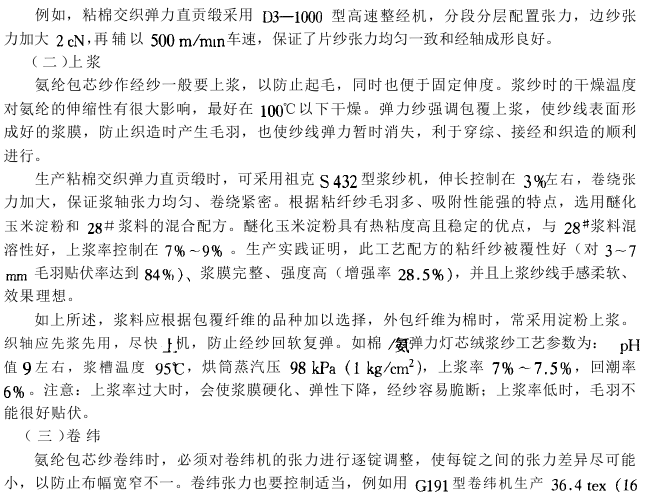
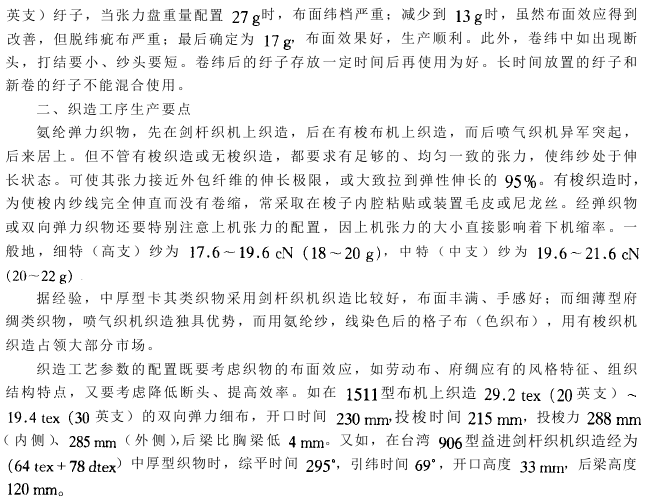
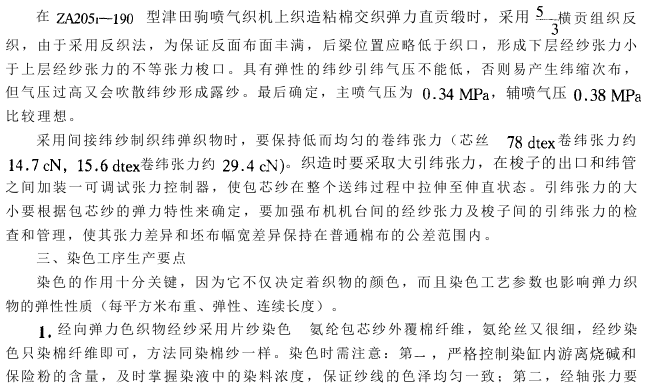
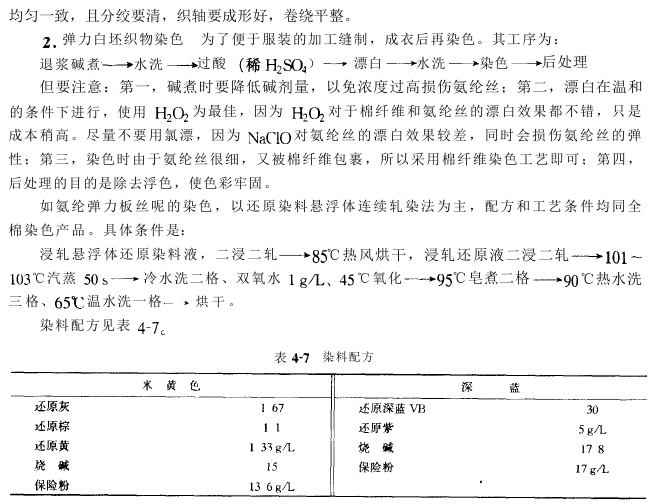
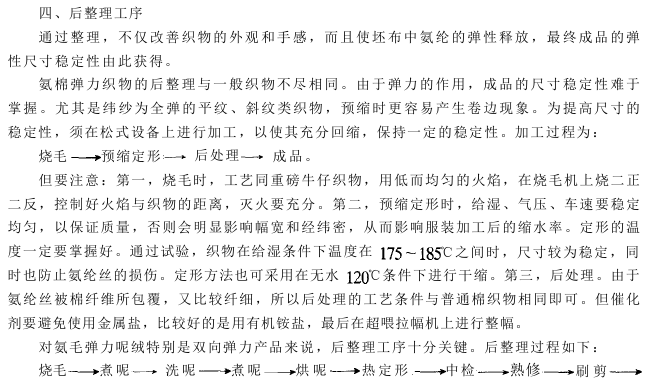
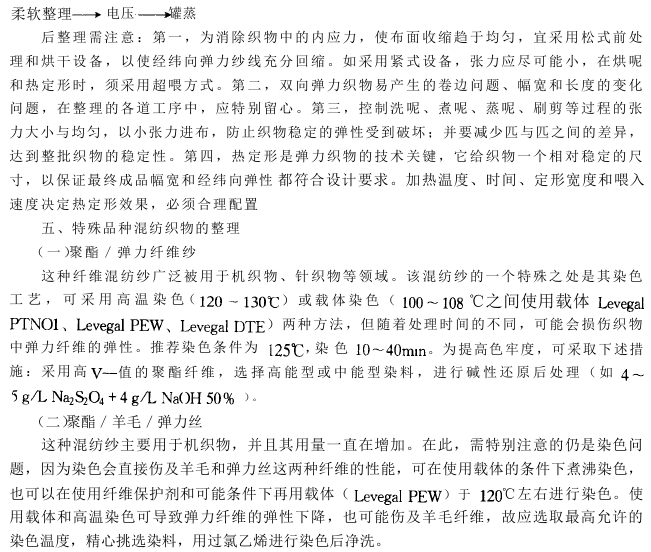
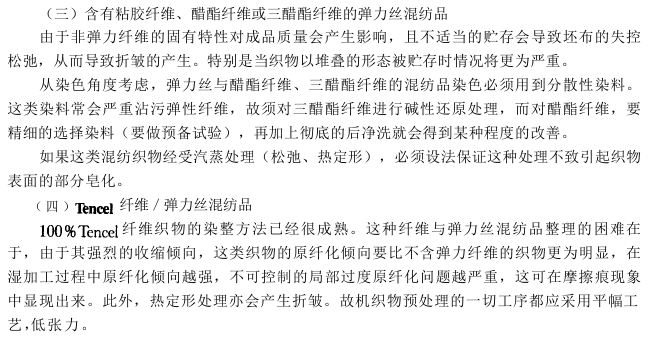
AAAVBBCNVM,N. KJO






